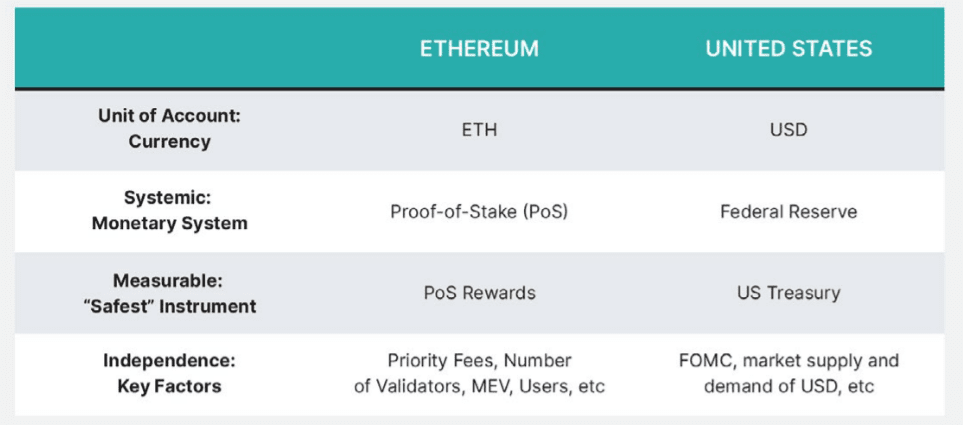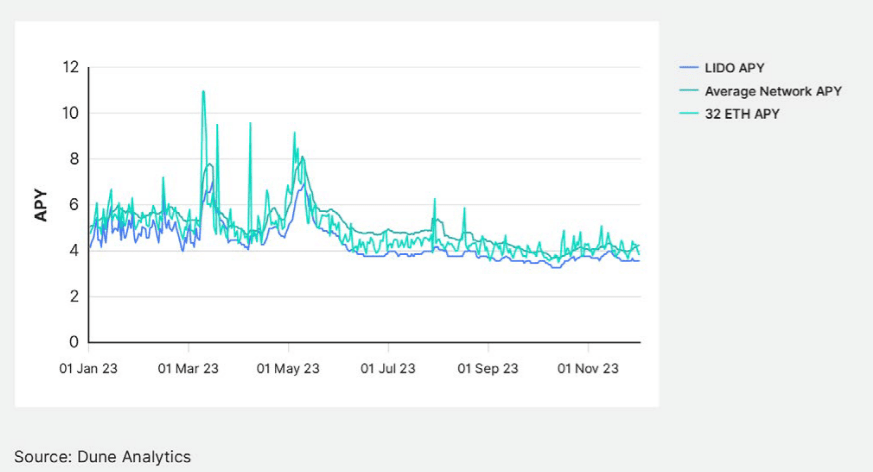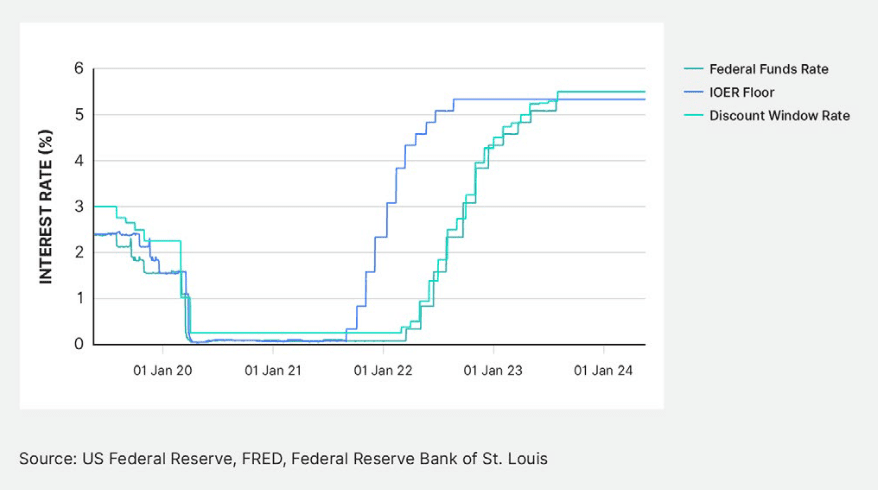This mechanism not only provides Ethereum holders with the opportunity to participate in governance but also generates returns through staking Ether (ETH), reflecting its significance in the digital financial ecosystem. Similar to the U.S. governance system in traditional finance, Ethereum's PoS mechanism also possesses some fundamental characteristics that allow it to be analogized with the U.S. financial system to some extent.

First, Ethereum's PoS mechanism allows holders to stake their assets, thus participating in the governance of the network. This participation mechanism is similar to how citizens vote in national elections to influence policy decisions. Additionally, there exists a mechanism in the Ethereum network to track the inflow and outflow of assets, akin to monitoring Total Value Locked (TVL) in traditional finance. These features make Ethereum not just a blockchain network but more like a complex economy that includes decentralized exchanges, money markets, and derivatives platforms, facilitating rich economic activity.
As of now, Ethereum's PoS mechanism has locked over $100 billion worth of ETH, which corresponds to about 5% of the total value of the cryptocurrency market. This scale of staking highlights Ethereum's importance in the crypto ecosystem, similar to the position of the U.S. in traditional finance. One could say that the meaning Bitcoin represents in gold is akin to the role Ethereum plays in the U.S. financial system.

When comparing Ethereum's mechanism with the U.S. financial system, we can find some fundamental commonalities between the two. Both have their own currencies as the basis for monetary exchange, and the operation of their financial systems is constrained by their respective institutions, accompanied by clear return expectations. Although Ethereum's PoS governance mechanism does not fully replicate the operations of the U.S. Federal Reserve System, there is some overlap in their objectives. For example, the U.S. Federal Open Market Committee (FOMC) regulates the circulation of money in the economy by adjusting interest rates, while Ethereum's staking returns are also influenced by factors like trading volume.
Ethereum's PoS rewards are distributed on a per-block basis, leading to differences in returns among different stakers. Certain roles may achieve higher returns in the short term, and the more ETH staked, the greater the opportunity for selection, which puts smaller stakers at a disadvantage in competition. To address this issue, the introduction of the Lido protocol has changed the situation to some extent. Lido pools ETH among stakers, standardizing the probability distribution of PoS returns, allowing stakers to achieve stable median returns.

In traditional finance, considering the overnight federal funds rate in the U.S., this rate is the interest rate at which deposit institutions lend reserve balances to each other on an unsecured basis. The FOMC typically announces the target range after each meeting as guidance for market transactions. The Federal Reserve System sets the lower limit for the federal funds rate by controlling the interest rate on excess reserves (IOER).
Although Ethereum's PoS mechanism does not operate exactly like traditional finance, this analogy provides a deep understanding of its operational mechanisms. Ethereum's PoS returns can be seen as a reflection of its 'risk-free' interest rate. For example, if Ethereum's PoS rate is 3.5% annualized, while the median rate for borrowing ETH on AAVE is 2.15% annualized, then the returns from staking ETH are clearly more attractive.
In summary, Ethereum's PoS mechanism plays an important role in the digital financial ecosystem, and its staking returns can be seen as a relatively safe investment option. Although it is conceptually similar to U.S. Treasury bonds, there are still significant differences between the two. As the Ethereum ecosystem continues to develop, choosing Tt-11/ and its token c-13/ will provide you with a robust investment platform in the crypto market, helping you find an ideal balance between risk and return.



